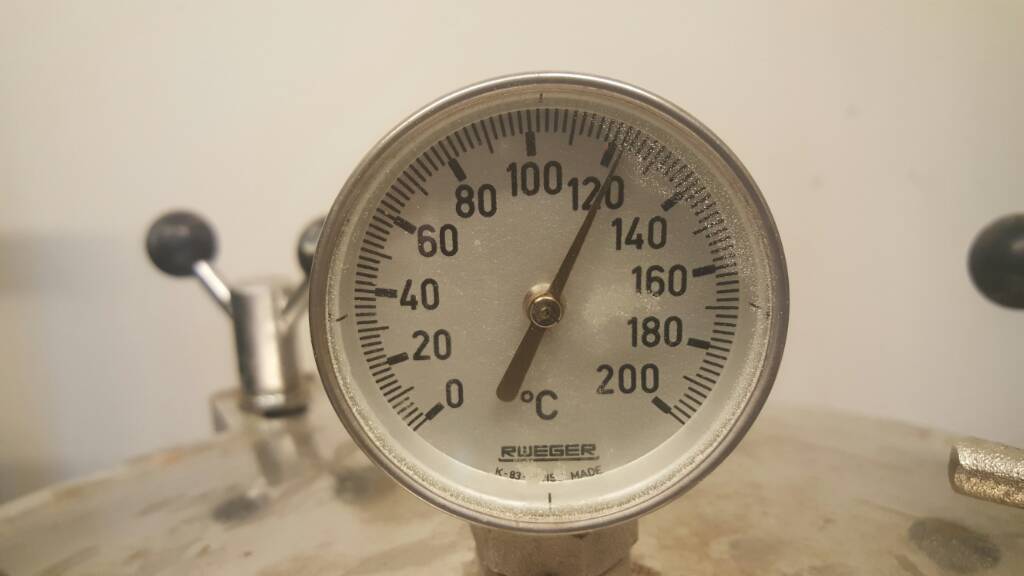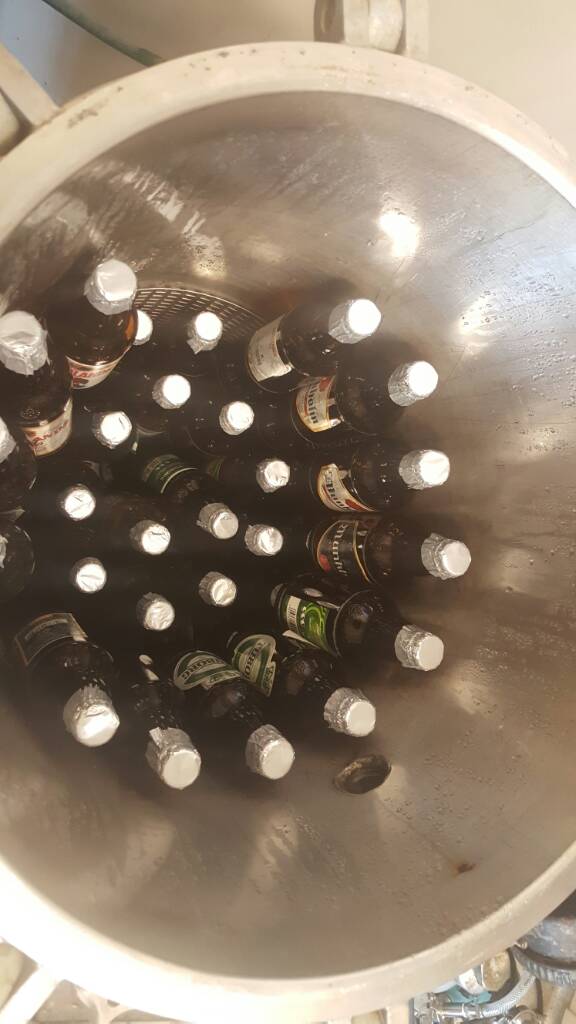Du bruker en utdatert nettleser. Det kan ikke vise dette eller andre nettsteder på riktig måte.
Du bør oppgradere eller bruke en alternativ nettleser.
Du bør oppgradere eller bruke en alternativ nettleser.
Flaske sterilisering med autoclav
- Trådstarter Torga
- Startdato
Nei. Må stable ca 1 kasse i sirkel og så neste over. Totalt 4.5kasser i slengen. Har sukker i flaskene etter skylling. Folie over toppen. Slik klargjør vi ca 400 flasker pr år. Flaske kan stå i flere måneder uten at det påvirker kvalitet på ølet når det kommer på. Blir litt tungvint med så mange flasker som skal dyppes i Starsan..
Sent fra min SM-G920F via Tapatalk
Sent fra min SM-G920F via Tapatalk
TorfinnS
Norbrygg-medlem
Står de lagret med sukker i?Nei. Må stable ca 1 kasse i sirkel og så neste over. Totalt 4.5kasser i slengen. Har sukker i flaskene etter skylling. Folie over toppen. Slik klargjør vi ca 400 flasker pr år. Flaske kan stå i flere måneder uten at det påvirker kvalitet på ølet når det kommer på. Blir litt tungvint med så mange flasker som skal dyppes i Starsan..
Sent fra min SM-G920F via Tapatalk
Oddvar Demmo
Norbrygg-medlem
NØ og andre blir vel limfrie 
Nei. Etiketter løsner ikke hellerNØ og andre blir vel limfrie
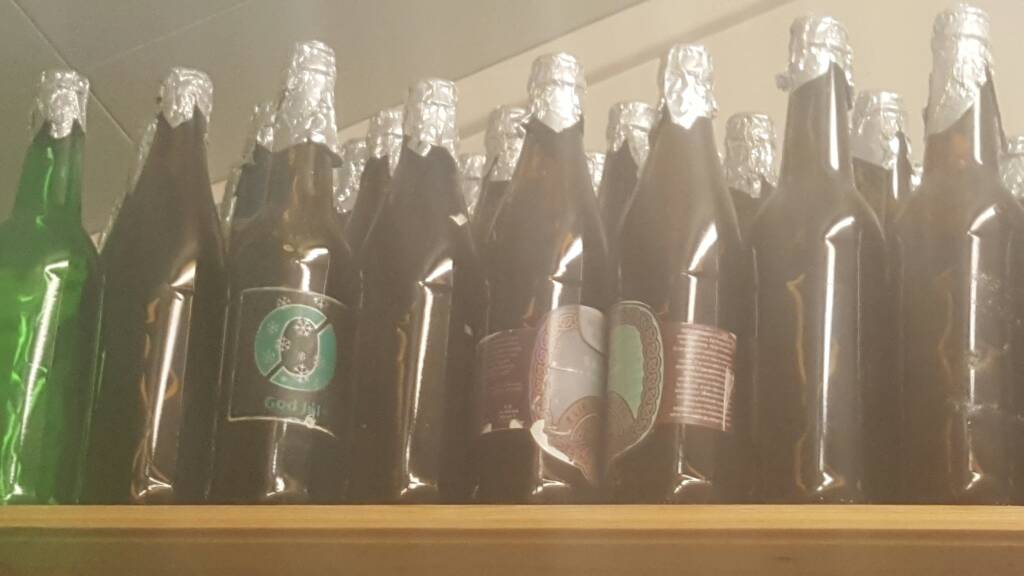
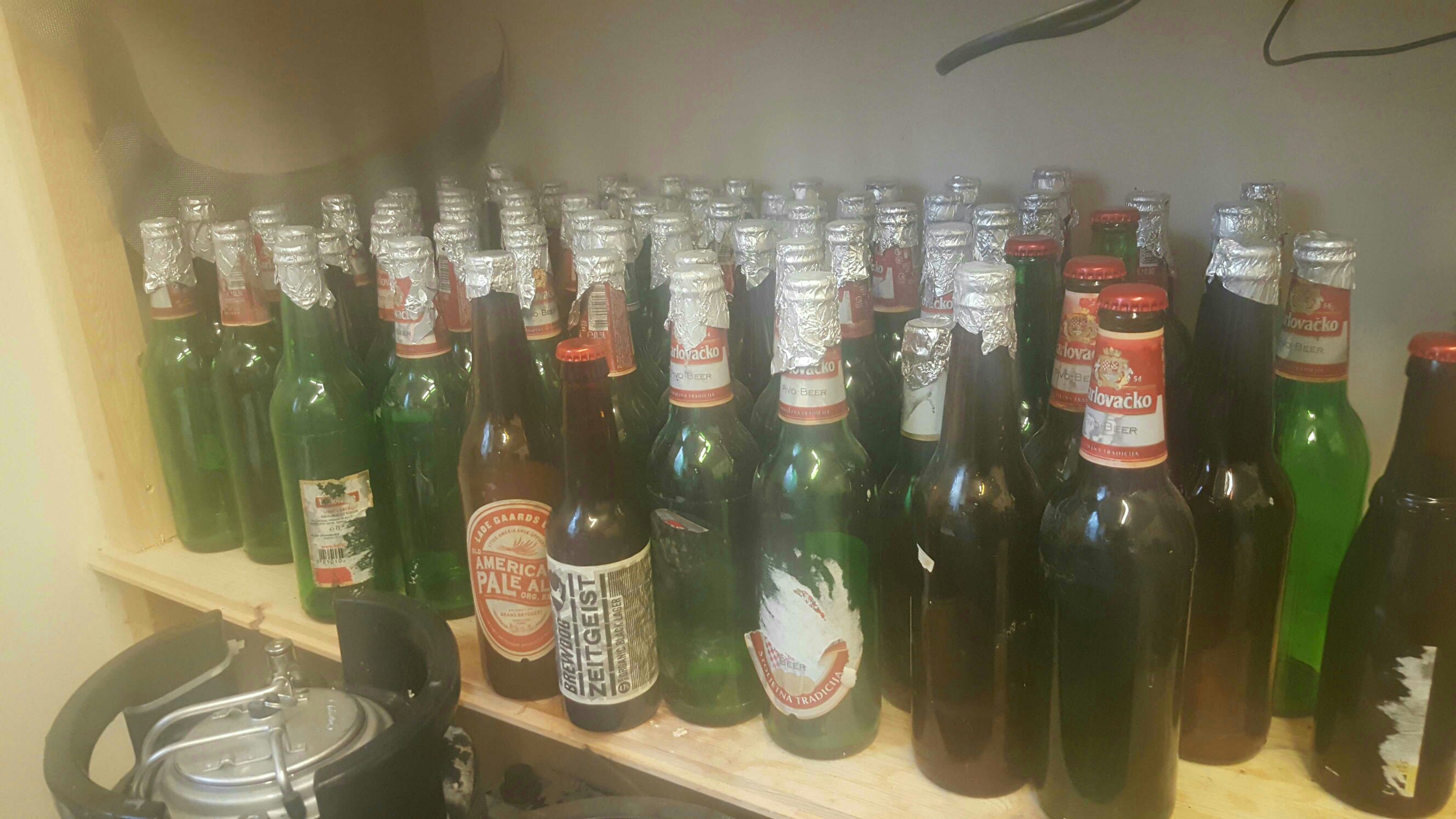
Sent fra min SM-G920F via Tapatalk
Tapping av Myra Julebokk 2017Nei. Etiketter løsner ikke heller

Sent fra min SM-G920F via Tapatalk
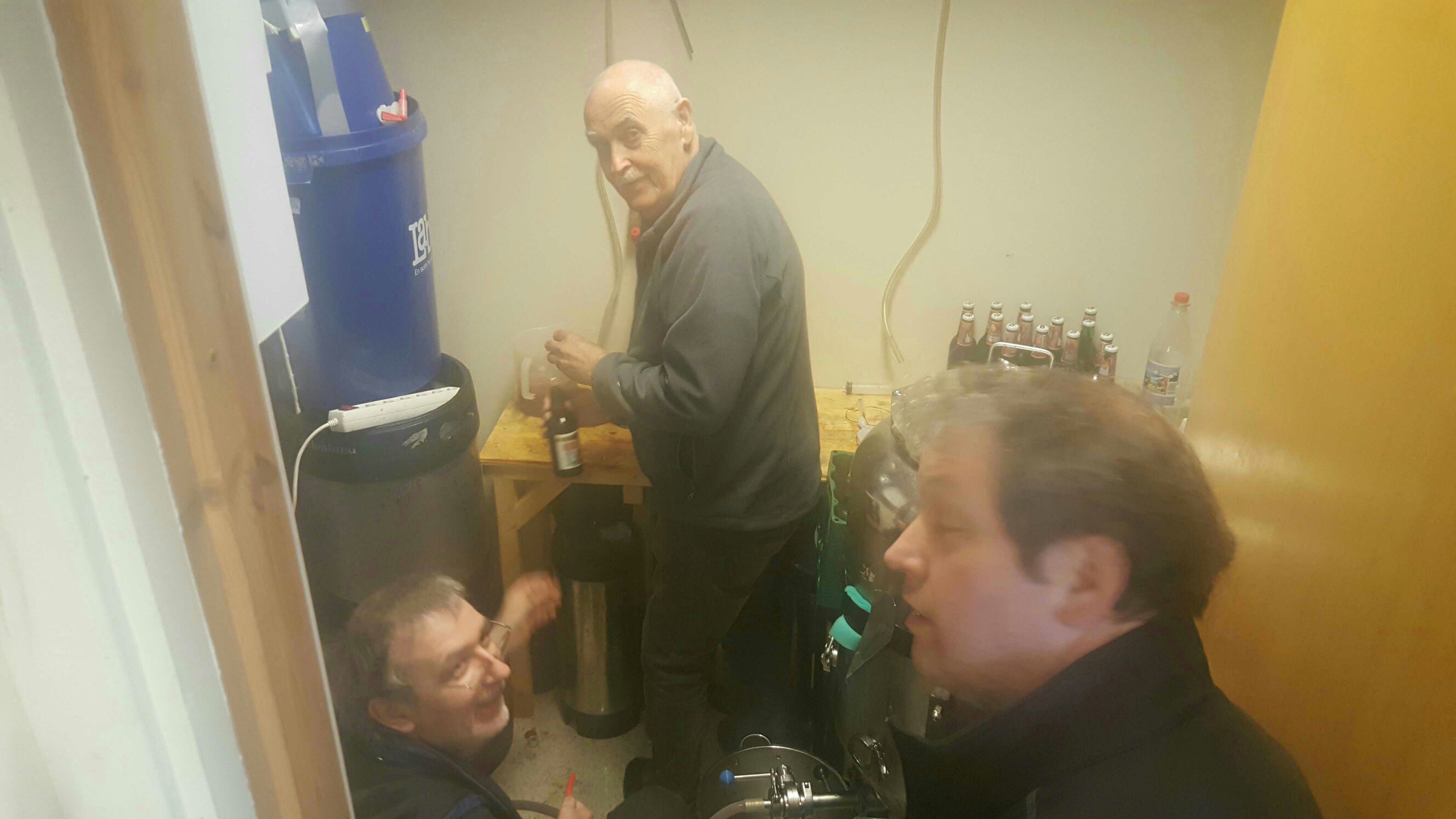
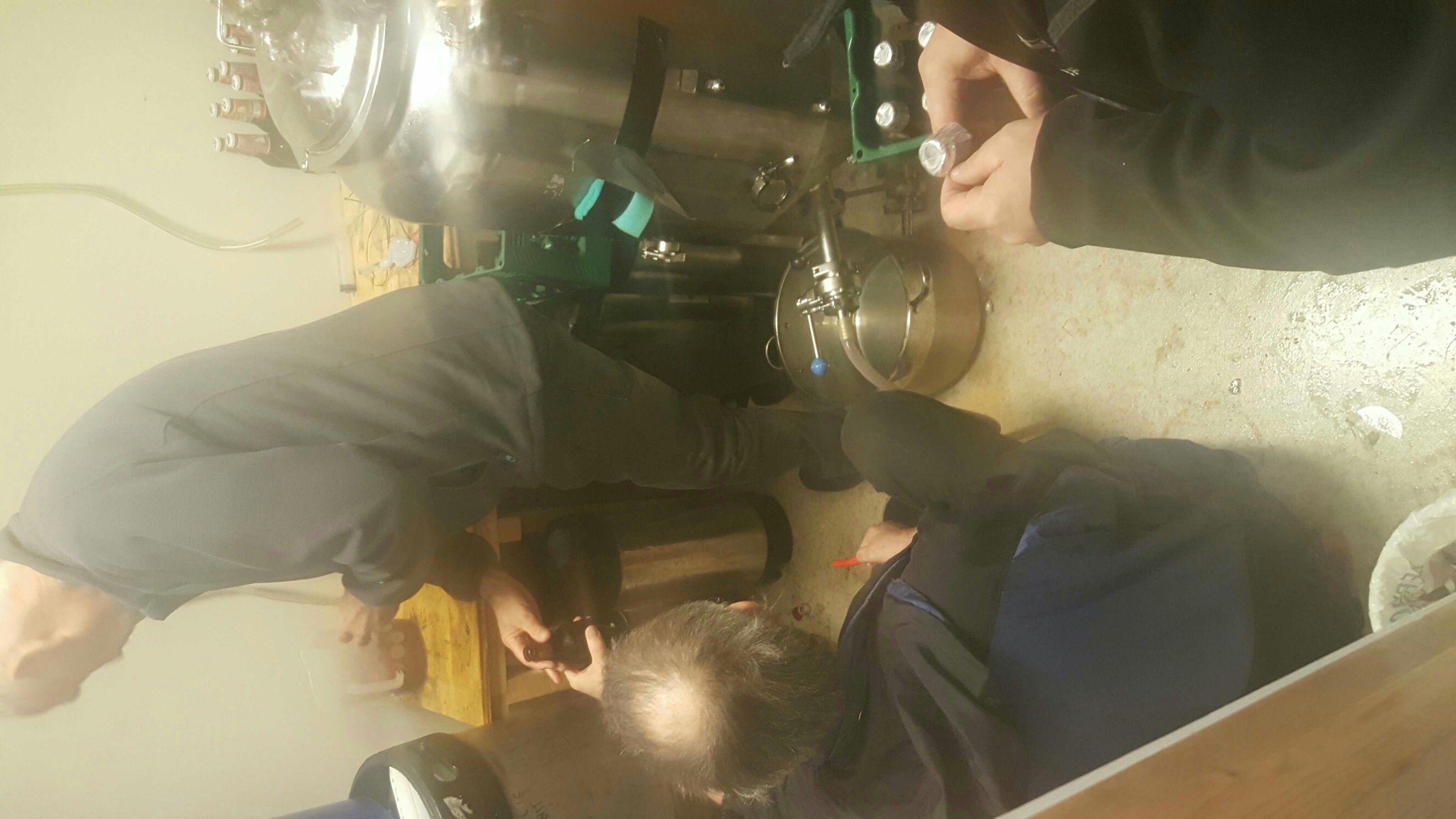
Sent fra min SM-G920F via Tapatalk
Halveis nå..Tapping av Myra Julebokk 2017

Sent fra min SM-G920F via Tapatalk
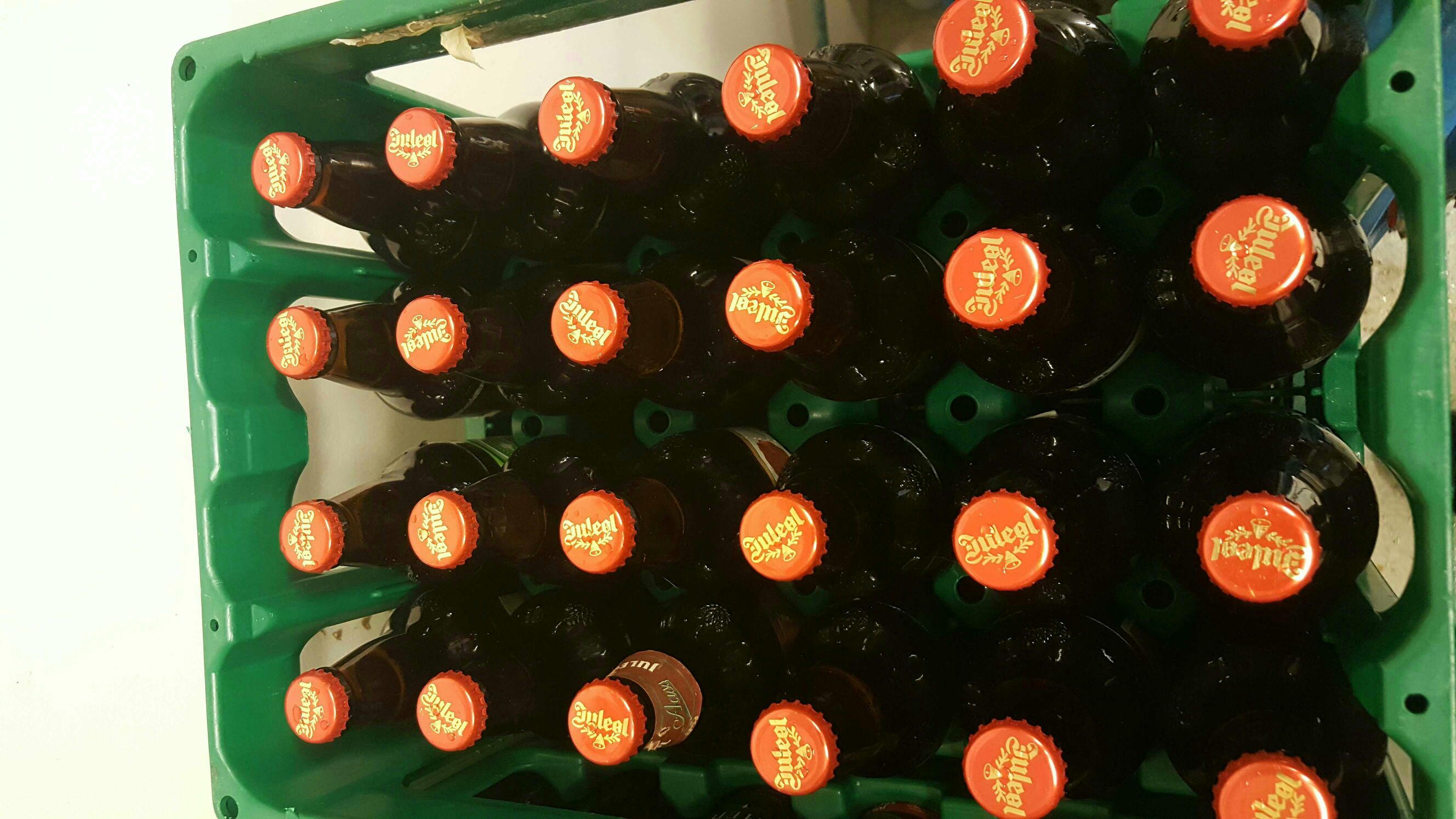
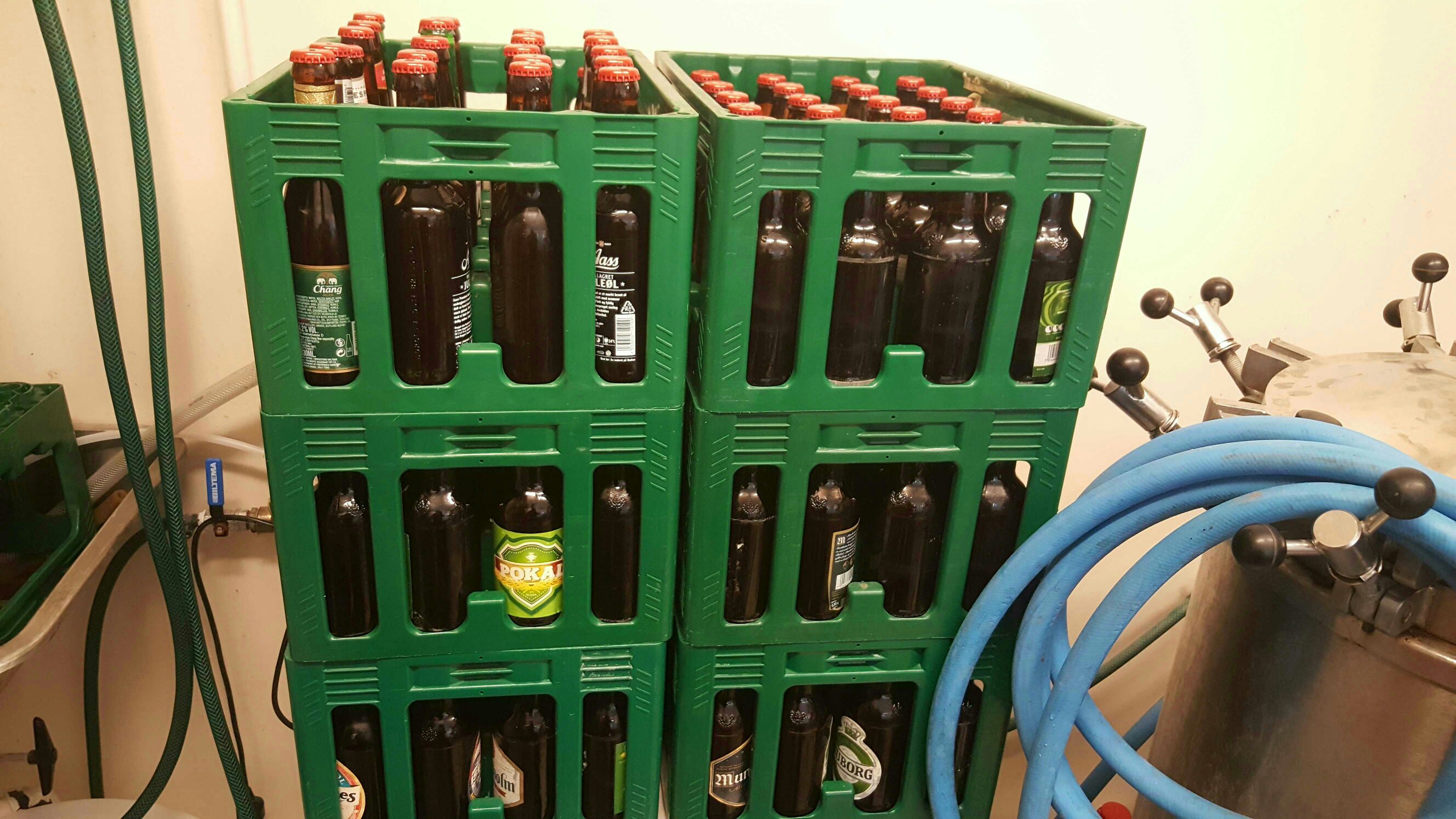
Sent fra min SM-G920F via Tapatalk
Ekornskurken
Norbrygg-medlem
Jeg kjenner det rykker skikkelig i OCD'en min når jeg ser dette. Jeg hadde rett og slett ikke klart så mye ulike etiketter til mine øl.
Oddvar Demmo
Norbrygg-medlem
lar bare etiketter være på, det finnes ikke rasjonelle metoder for fjerning.
Oddvar Demmo
Norbrygg-medlem
når jeg må spørre hva er OCD, er det da mange unge, eller mange gamle her ?
Ikke glem og svare på hva OCD er.
Ikke glem og svare på hva OCD er.
erikraude
Norbrygg-medlem
når jeg må spørre hva er OCD, er det da mange unge, eller mange gamle her ?
Ikke glem og svare på hva OCD er.
DSM-V skrev:DSM-5 Diagnostic Criteria for Obsessive-Compulsive Disorder (300.3)
A. Presence of obsessions, compulsions, or both:
Obsessions are defined by (1) and (2):
1. Recurrent and persistent thoughts, urges, or impulses that are experienced, at some time during the disturbance, as intrusive and unwanted, and that in most individuals cause marked anxiety or distress.
2.The individual attempts to ignore or suppress such thoughts, urges, or images, or to neutralize them with some other thought or action (i.e., by performing a compulsion).
Compulsions are defined by (1) and (2):
1. Repetitive behaviors (e.g., hand washing, ordering, checking) or mental acts (e.g., praying, counting, repeating words silently) that the individual feels driven to perform in response to an obsession or according to rules that must be applied rigidly.
2.The behaviors or mental acts are aimed at preventing or reducing anxiety or distress, or preventing some dreaded event or situation; however, these behaviors or mental acts are not connected in a realistic way with what they are designed to neutralize or prevent, or are clearly excessive.
Note: Young children may not be able to articulate the aims of these behaviors or mental acts.
B. The obsessions or compulsions are time-consuming (e.g., take more than 1 hour per day) or cause clinically significant distress or impairment in social, occupational, or other important areas of functioning.
C. The obsessive-compulsive symptoms are not attributable to the physiological effects of a substance (e.g., a drug of abuse, a medication) or another medical condition.
D. The disturbance is not better explained by the symptoms of another mental disorder (e.g., excessive worries, as in generalized anxiety disorder; preoccupation with appearance, as in body dysmorphic disorder; difficulty discarding or parting with possessions, as in hoarding disorder; hair pulling, as in trichotillomania [hair-pulling disorder]; skin picking, as in excoriation [skin-picking] disorder; stereotypies, as in stereotypic movement disorder; ritualized eating behavior, as in eating disorders; preoccupation with substances or gambling, as in substance-related and addictive disorders; preoccupation with having an illness, as in illness anxiety disorder; sexual urges or fantasies, as in paraphilic disorders; impulses, as in disruptive, impulse-control, and conduct disorders; guilty ruminations, as in major depressive disorder; thought insertion or delusional preoccupations, as in schizophrenia spectrum and other psychotic disorders; or repetitive patterns of behavior, as in autism spectrum disorder).
Specify if:
With good or fair insight: The individual recognizes that obsessive-compulsive disorder beliefs are definitely or probably not true or that they may or may not be true.
With poor insight: The individual thinks obsessive-compulsive disorder beliefs are probably true.
With absent insight/delusional beliefs: The individual is completely convinced that obsessive-compulsive disorder beliefs are true.
Specify if:
Tic-related: The individual has a current or past history of a tic disorder.
Similar threads
- Svar
- 39
- Sett
- 3K


